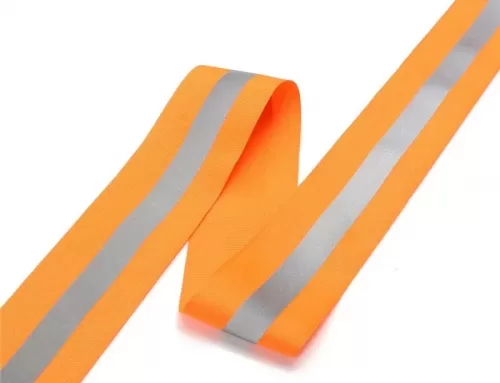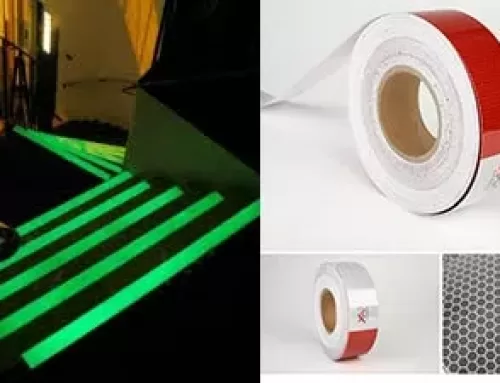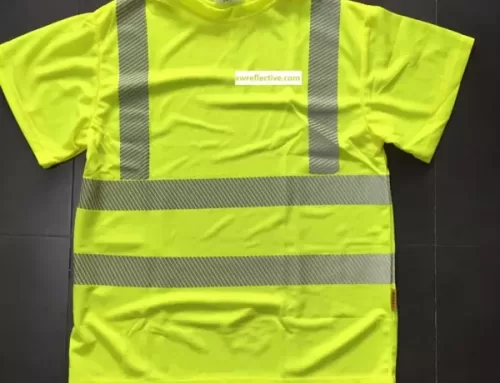How to Fire Resistant Fabric

A fire barrier is an important part of life safety. Adding fire retardants to fabric reduces its flammability. Cotton, for example, can be treated with a chemical that reacts with the fabric’s gasses to create carbon char. The char significantly slows down the burning rate. FRx Tex HF is one such fabric that is highly resistant to fire. Its benefits are many, including the ability to resist high temperatures.
Natural fibers
The fiber content of a fire-retardant fabric is what determines how durable and resistant it will be to a flame. Fibers used in clothing are generally classified as natural, which comes from plants or animals, and synthetic, which comes from petroleum. Examples of natural fibers include leather, cotton, wool, silk, hemp, bamboo, and polyester. Synthetic fibers include Kevlar, Nomex, and rayon. These fibers are resistant to flame, but also produce more static electricity.
Synthetic fibers are the best alternative for fire-retardant fabrics. While most natural fibers can easily catch fire and emit smoke, synthetic fibers are more durable and tend to melt at higher temperatures than natural fibers. These synthetic fibers are also woven or knitted into tight weaves to provide the best fire resistance. And unlike cotton, these fibers are also known as Teflon, so they’re not good for everything.
Synthetic fibers
Various synthetic fibers are available for use in fire retardant fabric. Some are chemically modified to be more resistant to flames while others are inherently fire-retardant. While both are highly protective against fire, chemically modified fibers can be problematic over time and with repeated washing. Inherently fire-retardant fibers contain a special chemical structure that prevents them from burning and melting, and they are often better for a wide variety of applications.
The fire-retardant properties of clothing are largely determined by the fiber content of the fabric. Typically, fibers come in two types: natural fibers that originate from plants or animals, and synthetic fibers that come from petroleum. Examples of natural fibers include cotton, wool, hemp, bamboo, leather, and silk. Synthetic fibers are made from petroleum-based materials such as nylon, polyester, acrylic, and rayon. Some fibers are also considered ‘Ramids’ and therefore have higher fire-retardant properties, such as Kevlar and Nomex.
Conductive fabrics
Conductive fabrics are used for a wide variety of purposes. These textiles can be used for signal transfer, heating elements, and sports activities. Conductive fibers are also used in taser vests. The use of conductive fabrics is not new; in fact, Thomas Edison used carbonized sewing thread in his light bulb. Today, these materials are also being used for precision mapping of the brain or spinal cord.
The materials used in these materials vary greatly in their electrical conductivity, depending on their application. Some types are embedded or coated with conductive elements to withstand lightning, while others are suitable for portable personal shelters. The UL94V-0 classification is the highest for conductive textiles. These fabrics are woven rip-stop or plain-weave. The material is often used for tents or other fire-resistant fabrics, but not all.
FRx Tex HF furniture fire barrier
FRx Tex HF furniture fire barriers are an excellent choice for a wide variety of applications. Unlike conventional fabrics, this material is resistant to flames even in the presence of a spark. Its laminated design eliminates air spaces between layers and provides superior fire resistance. Designed for upholstered furniture, FRx Tex HF provides exceptional fire protection. Its laminated design provides the most cost-effective solution for fire-resistant furniture.
A number of factors affect the flammability of FRx Tex HF furniture. Its barrier properties, including abrasion resistance, are determined by a barrier test method developed by the Upholstered Furniture Action Council (UFAC). This test is voluntary and involves a smoldering ignition assessment of a mock-up composite. The goal is to define a minimum level of fire barrier performance for upholstered furniture. FRx Tex HF furniture fire barrier fabric meets all of these requirements.
Modacrylic fibers
Modacrylic fibres are synthetic fibers with excellent flame resistance and heat and flame retardant properties. Their flame resistance properties result in robust resistance to flash fire and electric arcs in many different work environments, including the petrochemical, energy utility, and chemical industries. The flame retardancy properties of modacrylic fibres are so good, in fact, that they are also used for stuffed toys, protective clothing, and industrial fabrics.
The properties of modacrylic blends make them suitable for industrial, interior, and home textiles. Modacrylic is not flammable, and flame-retardant fabrics require fuel, oxygen, and a high ignition temperature for a fire to spread. The material does not stick to skin or spread flames. Further, the use of modacrylic fibers in textiles will reduce fire and smoke pollution, making them a good option for many applications.





